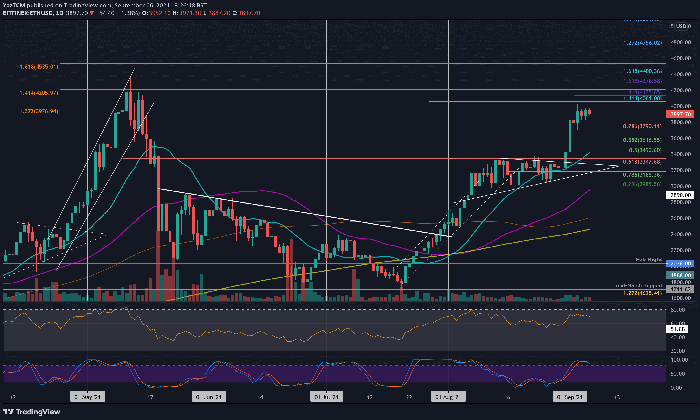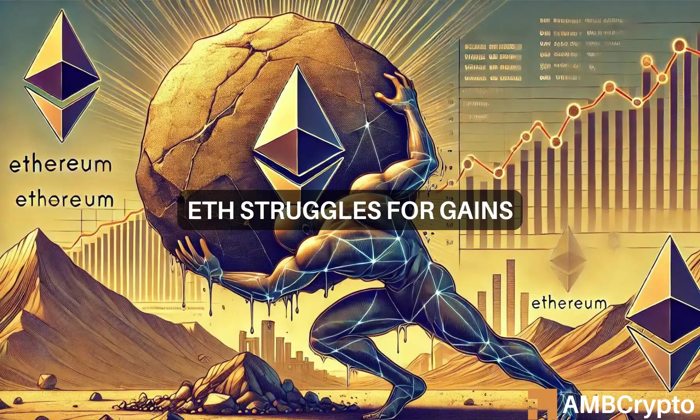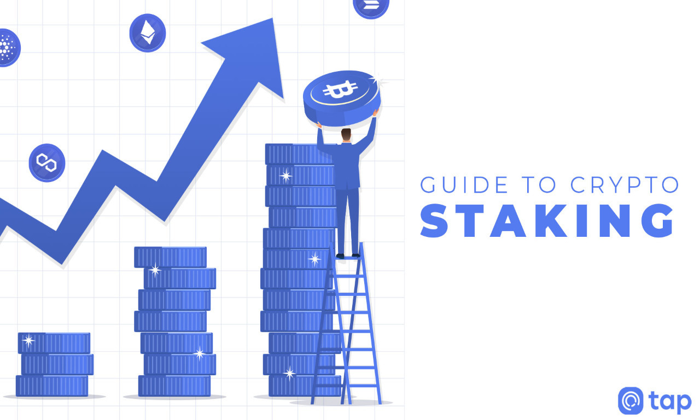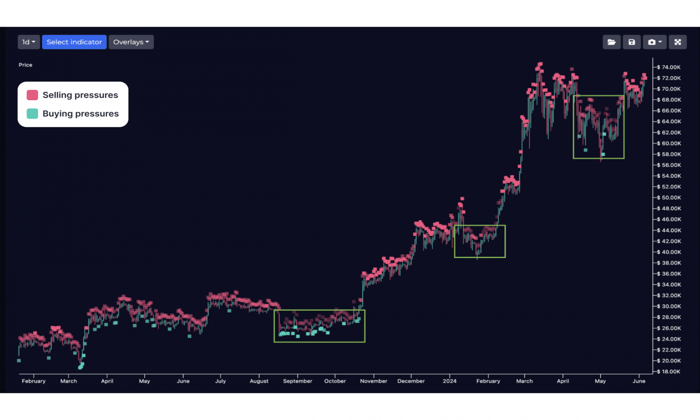Today, Binance faced significant service disruptions due to an unexpected AWS outage, affecting thousands of users on the platform. As the largest crypto exchange, Binance’s reliance on Amazon Web Services underscores the cloud infrastructure risks that come with centralized exchanges. The AWS data center failure not only caused transaction failures but also compelled Binance to implement a temporary suspension on withdrawals for security measures. This incident has once again brought to light the issues surrounding crypto exchange outages and the fragility of digital finance in the context of heavy dependency on cloud services. Users across the crypto community are left contemplating the implications of this Binance service disruption and what it means for the future of secure trading.
The recent challenges faced by Binance due to the AWS service outage reveal the vulnerabilities interconnected with centralized cryptocurrency platforms. This incident has shaken the crypto landscape and highlights the inherent risks in cloud computing that many exchanges depend upon for their operations. The interruption in services can lead to broader concerns about the reliability of major exchanges, especially when a single point of failure can paralyze millions of transactions. As Binance temporarily halted its withdrawal services, discussions surrounding the necessity for decentralized solutions have been reignited among industry participants. This outage serves as a stark reminder for users to consider the stability and security of the platforms they choose for trading.
Understanding the Binance AWS Outage
On April 15, 2025, Binance, the leading cryptocurrency exchange, faced significant service disruptions as a result of an AWS data center outage. The incident triggered transaction failures and prompted Binance to temporarily suspend withdrawals to protect its users. This event raised critical questions about the reliance of centralized crypto platforms on cloud infrastructure, particularly when one single point of failure can impact thousands of transactions and traders worldwide.
The AWS outage didn’t just disrupt Binance; it also wreaked havoc on other platforms including KuCoin and Rabby. Users of these exchanges reported unresponsive services and failed transactions, showcasing the interconnectedness of these platforms in the crypto ecosystem. As AWS continues to handle a vast majority of the global cloud workloads, its stability is paramount, and disruptions like this underline the inherent vulnerabilities within centralized systems.
The Ripple Effect of Crypto Exchange Outages
When major exchanges like Binance experience disruptions, the fallout creates a ripple effect throughout the entire cryptocurrency market. Traders often react impulsively during these outages, leading to increased market volatility. The temporary suspension of withdrawals can amplify user frustration, as traders find themselves unable to move their assets when they need them most.
Moreover, the AWS outage serves as a stark reminder of the risks associated with centralized crypto trading platforms. Users are increasingly aware that reliance on a single cloud provider can lead to significant service interruptions and transaction failures, spurring discussions about diversification and potential decentralization solutions within the crypto community. This can prompt renewed interest in decentralized platforms, which promise to minimize downtime and enhance user control over asset management.
Understanding the historical context of crypto exchange outages is essential. Similar incidents in the past have demonstrated how profound the impact of a service disruption can be, highlighting the need for resilience and preparation in the face of potential cloud infrastructure risks. The crypto industry must learn from these outages to build more robust systems that can withstand failures without sacrificing user trust.
Community Response to Binance’s Temporary Suspension
The response from the crypto community to Binance’s recent service disruption has been both humorous and critical. While some long-time users expressed confidence in Binance’s robust customer protection measures, such as the $1 billion Secure Asset Fund for Users (SAFU), others criticized the platform’s vulnerability. Users took to social media to voice their mixed feelings, reflecting a broader discourse on the reliability of centralized exchanges.
Many industry analysts and crypto enthusiasts have echoed calls for increased transparency in how exchanges communicate during such disruptive events. The contrast in Binance’s quick updates compared to other exchange outages has set a precedent for future expectations. Users have begun to appreciate real-time communication, as it can alleviate uncertainty during downtime, emphasizing the importance of robust customer relations in maintaining user loyalty.
The Risks of Relying on Cloud Infrastructure
The recent Binance incident puts a spotlight on the inherent risks associated with relying on centralized cloud infrastructure. As AWS is responsible for hosting a significant portion of the internet’s services, any outage has the potential to cripple numerous platforms, including those in the cryptocurrency sector. This dependency not only impacts transaction capabilities but also raises alarms regarding data security and accessibility.
Crypto exchanges are encouraged to reassess their infrastructural strategies to mitigate the outlined vulnerabilities. By diversifying across multiple cloud providers or developing on-premises alternatives, these platforms can enhance their resilience against such disruptions in the future. Emphasizing the importance of a multi-cloud strategy ensures that if one service provider experiences issues, the others can maintain operational continuity.
Moving Towards Decentralization in Crypto Trading
The disruption caused by the AWS data center failure has ignited fresh discussions around decentralization in cryptocurrency trading. The limitations posed by centralized exchanges prompt users to explore decentralized platforms, which advocate for peer-to-peer trading without the need for an intermediary. This shift emphasizes user control over assets and less reliance on single points of failure, potentially revolutionizing the way cryptocurrency transactions are conducted.
As the crypto community advocates for decentralized alternatives, it is essential to address the benefits and challenges that come with such a transition. While decentralized platforms can offer enhanced resilience, they also require users to be more proactive in managing their assets. Education will play a vital role in fostering a secure and user-friendly experience in the decentralized space, ensuring that traders can navigate these platforms confidently amid the evolving landscape.
AWS Data Center Failures: A Historical Perspective
AWS data center failures have a history of disrupting services across various industries, but the cryptocurrency realm sees uniquely severe impacts. Past outages have exposed how quickly the landscape can shift, affecting markets and user trust. The 2021 AWS outage proved particularly damaging to trading apps and exchanges alike, highlighting systemic vulnerabilities in dependency structures that remain informally discussed but never formally addressed.
Drawing upon these historical precedents can allow tech-savvy enterprises to fortify their infrastructures. By understanding previous disruptions, Binance and similar exchanges can strategize on how to mitigate the consequences of future outages and reinforce their positions in the market. Fostering an adaptable and resilient operational model can certainly pave the way for greater trust among users.
Lessons Learned from the Binance Outage
The Binance service disruption due to the AWS data center failure has provided key lessons for both users and operators in the cryptocurrency sphere. For users, it underscores the importance of understanding the technological frameworks that support their trading platforms. Staying informed about potential risks can enable traders to make smarter decisions, especially regarding asset management during service outages.
Operators, on their part, must focus on building redundancy into their systems and prioritizing customer communication during times of crisis. A transparent dialogue between exchanges and their user base fosters trust, which is invaluable in the volatile crypto market. By learning from incidents like this, crypto exchanges can develop stronger systems that better serve their communities and withstand future challenges.
Impact of Service Disruption on User Trust
When a major player like Binance faces a temporary suspension, it can severely impact user trust. Customers rely on exchanges not only for trading but also for the security of their funds and the reliability of transactions. Service disruptions can lead users to consider alternatives—both centralized and decentralized. If users consistently encounter outages, they might well question their loyalty and explore other options.
On the other hand, how Binance communicates during these events plays a pivotal role in shaping user perception. Users who feel informed and secure during disruptions are less likely to abandon their platforms. By leveraging effective communication strategies, Binance can maintain user confidence even amidst setbacks, reinforcing their reputation as a reliable crypto exchange.
Future of Binance and Cloud Infrastructure in Cryptocurrency
The future trajectory of Binance and similar exchanges hinges on evolving their relationship with cloud infrastructure. The continuous reliance on AWS highlights vulnerability, but also an opportunity for growth in the crypto space. Forward-looking exchanges may begin exploring a hybrid model, integrating decentralized solutions while still utilizing cloud services for their operational needs.
As the landscape of cryptocurrency matures, innovations in infrastructure will be essential in building resilience against outages. Binance, as a leading exchange, has the opportunity to set standards in how future outages are managed and communicated, shaping industry best practices. This proactive approach may be crucial in maintaining user trust and operational integrity as the market continues to evolve.
Frequently Asked Questions
What caused the recent Binance AWS outage?
The recent Binance service disruption was caused by a temporary network interruption at an AWS data center. This incident affected transaction processing, leading to execution failures and prompting Binance to temporarily suspend withdrawals as a precaution.
How did the Binance temporary suspension affect users?
During the Binance temporary suspension, users experienced issues with order execution and were unable to withdraw funds. While Binance was quick to communicate the situation, many faced delays in transactions as the platform sought to restore normalcy.
What are the implications of the AWS data center failure for crypto exchanges?
The AWS data center failure highlights the inherent risks of relying on centralized cloud infrastructure. The incident affected not only Binance but also other major crypto exchanges, raising concerns about service reliability and the single point of failure associated with cloud providers.
Are there any alternatives to avoid Binance service disruptions due to cloud outages?
To mitigate risks from Binance service disruptions caused by AWS outages, users may consider decentralized platforms that do not rely on traditional cloud infrastructure. Exploring alternatives that leverage distributed computing could enhance service reliability and user control in the crypto space.
What measures does Binance have in place during service disruptions?
In response to service disruptions like the recent AWS outage, Binance maintains a commitment to transparency. The exchange utilizes its Secure Asset Fund for Users (SAFU) as a protective measure, ensuring that user funds remain secure during crises.
What has been the community’s reaction to the Binance AWS outage?
The crypto community reacted to the Binance AWS outage with a mix of sarcasm and serious discourse about the need for decentralization. Many users expressed confidence in Binance’s customer service response, while others used the incident to advocate for alternatives to centralized cloud solutions.
How does the Binance AWS outage compare to past incidents?
This Binance AWS outage is reminiscent of a past widespread failure in 2021 that impacted multiple crypto exchanges. Both incidents underscore the fragility of relying on a single cloud provider, emphasizing the need for robust contingency plans within the crypto industry.
Will Binance users’ funds remain safe during AWS outages?
Yes, according to Binance, funds remain safe during AWS outages due to their Secure Asset Fund for Users (SAFU), which acts as a protective reserve. Binance reassures users that their funds are secure even during periods of service disruption.
| Key Point | Details |
|---|---|
| Incident Summary | Binance experienced service disruptions due to an AWS data center outage, leading to transaction failures and halted withdrawals. |
| Nature of the Problem | A temporary network interruption at the AWS data center affected order execution for various crypto exchanges. |
| User Impact | Users faced failed transactions and delays. Binance temporarily spent withdrawals as a precaution. |
| Community Reaction | The crypto community showed mixed reactions, with calls for decentralization and praise for Binance’s transparency. |
| Historical Context | This incident mirrored past AWS outages that disrupted multiple platforms, emphasizing risks of reliance on a single cloud provider. |
| Comments from Users | Some users expressed confidence in Binance’s operational resilience, while others criticized its cloud dependence. |
Summary
The Binance AWS outage highlighted significant vulnerabilities in centralized crypto exchanges’ reliance on cloud infrastructure. On April 15, 2025, Binance faced service disruptions due to a data center issue with AWS, which affected transaction executions and led to a temporary halt of withdrawals. This incident sparked conversations around the need for decentralization in the crypto space while reinforcing the importance of robust infrastructure. The crypto community’s diverse reactions reflected a blend of reassurance and concern, emphasizing their reliance on the stability of major cloud providers.
The recent Binance AWS outage has caused significant concerns in the cryptocurrency community, highlighting the vulnerabilities of centralized platforms. As the world’s largest crypto exchange, Binance faced a temporary suspension of services after an unexpected failure in an Amazon Web Services (AWS) data center. This disruption not only affected Binance’s order execution but also raised fears about the broader implications of such cloud infrastructure risks for crypto exchanges. Users reported transaction failures and delays, triggering debates on the dependency on centralized systems and their capacity to withstand outages. With other platforms like KuCoin also experiencing service interruptions, the incident underscored the fragility of digital assets, prompting calls for improved resilience in the face of potential crypto exchange outages.
In light of the recent issues that have plagued Binance due to an AWS crisis, the topic of cryptocurrency exchange reliability has gained renewed attention. The operational halt of major exchanges like Binance emphasizes the critical need to consider alternative solutions amid service disruptions tied to cloud architecture. Potential vulnerabilities due to AWS data center failures remind users and investors of the risks associated with centralized services in the crypto domain. As more people engage with digital currencies, it becomes essential to explore potential alternatives that could mitigate the impact of such outages. Ultimately, the discussion surrounding Binance’s temporary suspension points to the broader significance of infrastructure stability in ensuring the health of the cryptocurrency market.















